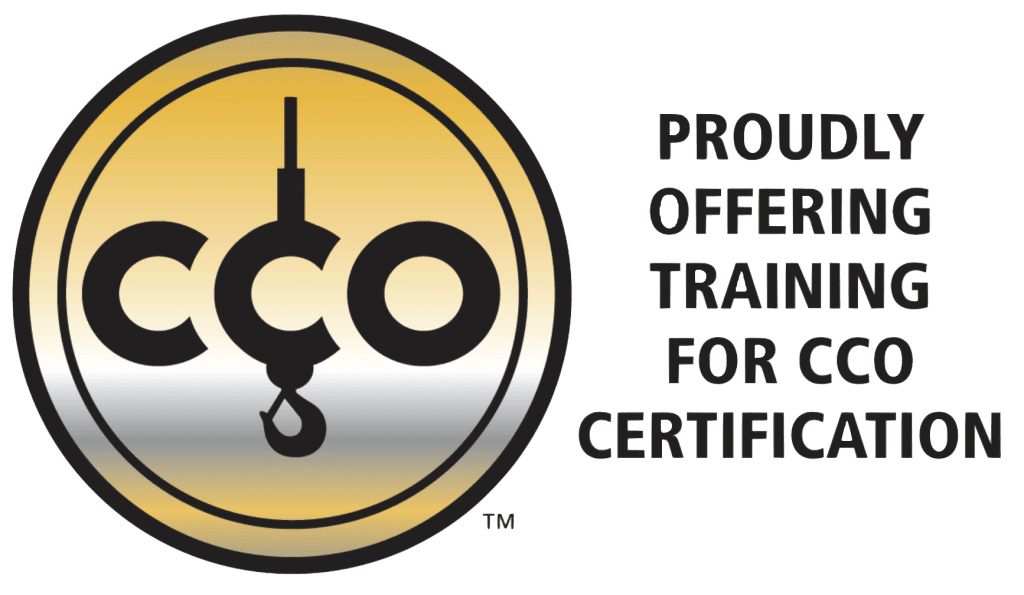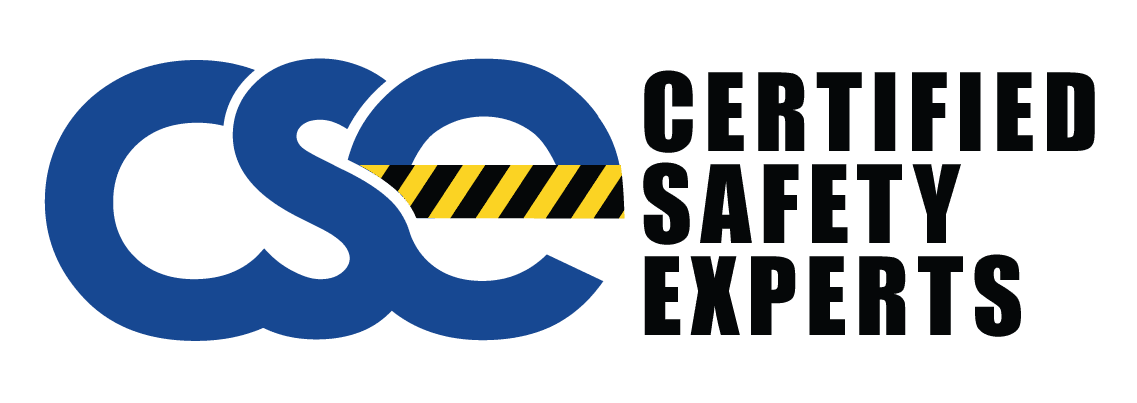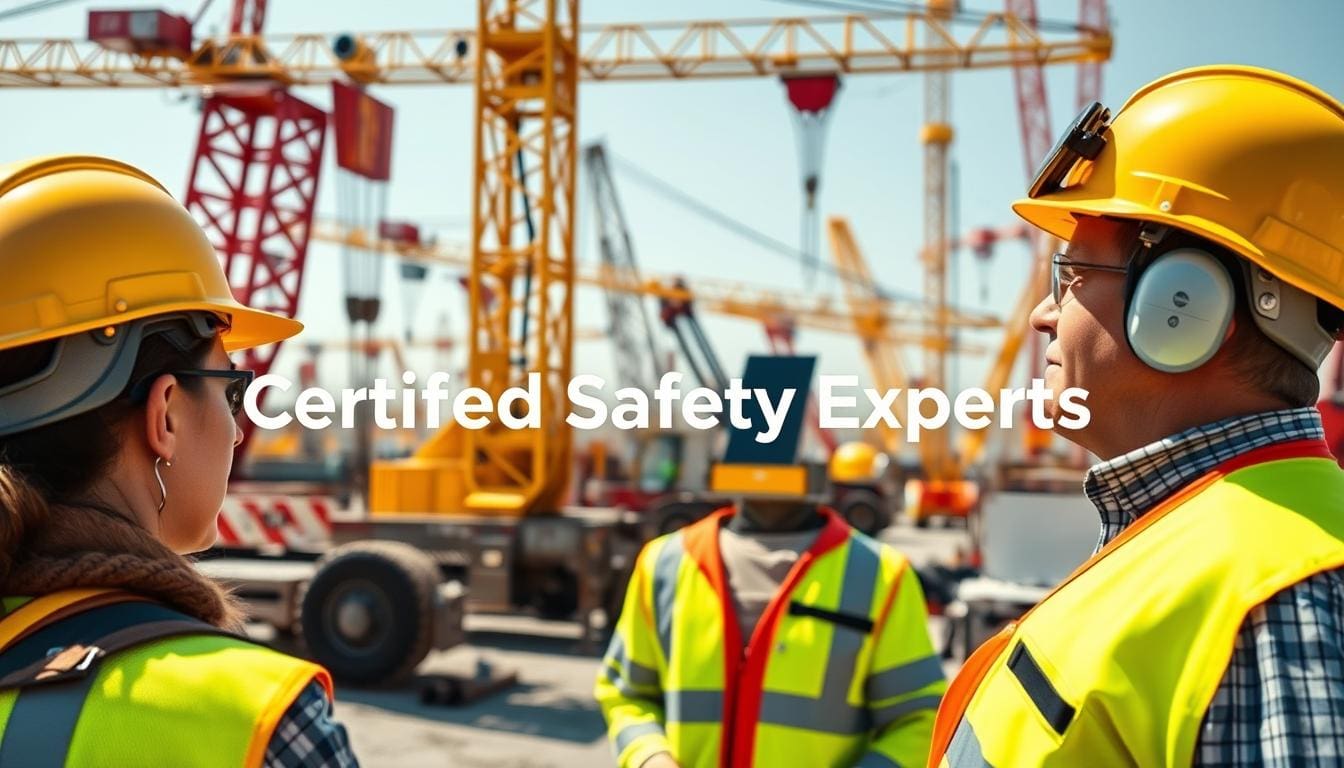Have you ever thought about how important crane inspection training is? It’s key for keeping workplaces safe and following the law. In the construction and industrial worlds, getting crane inspection certification and safety training is a must. It helps avoid accidents and meet OSHA standards.
Learning about crane inspection training changes how your company deals with heavy equipment. By choosing good training programs, your team can keep safety rules, lower risks, and follow the law. Ready to improve your crane safety? Call (919) 326-3742 to book your training and boost your crane safety efforts.
Key Takeaways
- The essential role of crane inspection certification in maintaining safety and compliance.
- How crane safety training helps prevent workplace accidents.
- The importance of adhering to OSHA standards through comprehensive training.
- Steps to enhance operational efficiency via effective crane training programs.
- Contact information for scheduling crane safety training services.
Understanding Crane Inspection Training
Crane inspection training teaches people how to make sure cranes are safe and follow the rules. It covers important skills for operators, supervisors, and maintenance teams.
What is Crane Inspection Training?
This training is a program that teaches how to check cranes carefully. It includes learning about:
- Identifying potential hazards
- Routine inspection procedures
- Comprehensive diagnostic techniques
It makes sure professionals know how to keep cranes safe, making sure they’re ready to use.
Importance of Crane Inspection Training
Knowing about crane inspection training is key for safety at work. These programs help prevent accidents, reduce equipment downtime, and make sure equipment lasts longer.
With crane operator certification, operators can do their job safely, lowering the risks of crane use.
How Crane Inspection Training Ensures Compliance
Following rules set by authorities like OSHA is a must. Crane inspection training is vital for this. It covers important topics like OSHA crane training to make sure inspections meet safety standards.
- Adherence to legal standards
- Reduction in violation penalties
- Promotion of a safety-first work culture
Crane inspection training is a key investment in safety, efficiency, and following the law.
The Role of Overhead Crane Certification
Ensuring safety and following rules in construction and manufacturing is key. Overhead crane certification is vital. It makes sure operators are skilled and boosts safety and efficiency at work.
Why Overhead Crane Certification Matters
Here’s why overhead crane certification is important:
- Safety: Certified operators know how to use cranes safely, lowering accident risks.
- Compliance: It meets legal standards, avoiding fines and legal trouble.
- Efficiency: Trained workers do their jobs better, making things more productive.
Combining crane inspection training with certification creates a strong safety and efficiency plan.
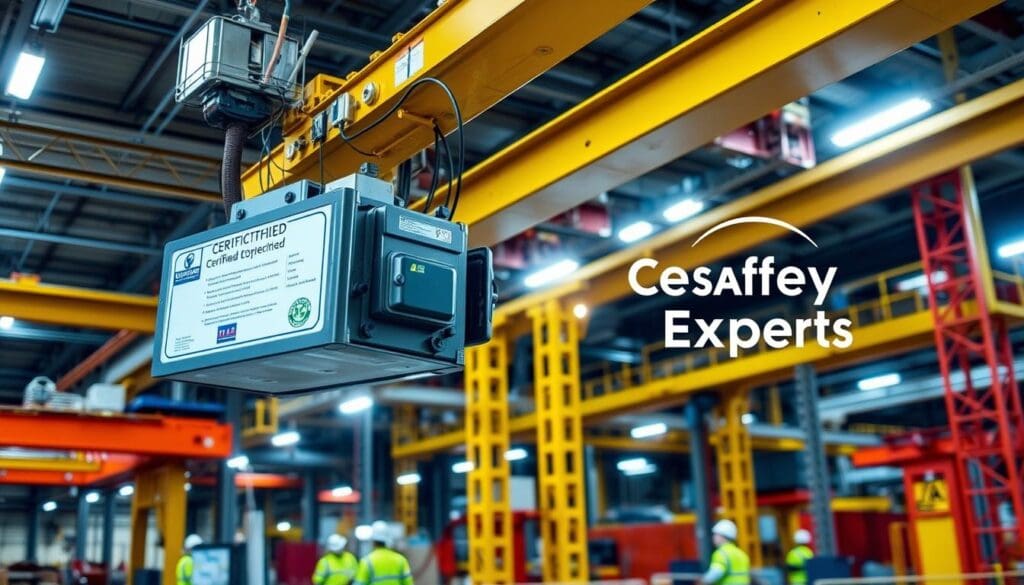
Steps to Achieve Overhead Crane Certification
To get overhead crane certification, follow these steps:
- Initial Training: Take a basic course on crane operation and safety.
- Hands-on Practice: Get practical experience with certified experts watching over you.
- Examination: Pass exams to show you’re skilled enough.
- Ongoing Education: Keep learning with refresher courses to keep up with new standards.
Adding crane inspection training to these steps makes sure you’re fully certified.
Benefits of Mobile Crane Training
Mobile crane training brings many benefits for safety and efficiency on construction sites. It helps companies improve their crane operations. This training is key for those wanting to make their crane work safer and more efficient.
Safety Advantages
One big plus of mobile crane training is making the workplace safer. It teaches operators about safety rules. This cuts down the risk of accidents, keeping workers safe and avoiding costly shutdowns.
Following safety standards also means lower insurance costs. It’s a win-win for everyone.
Improved Operational Efficiency
Training on mobile cranes boosts operational efficiency too. Trained operators use the equipment better, which means fewer mechanical problems. This makes the crane last longer.
Training also makes crane operators more versatile. They can use boom trucks better on different job sites. This leads to fewer delays and less downtime, keeping projects on track.
Incorporating Rigging Safety Courses
Rigging safety courses are key to improving crane inspection training. They focus on the right ways to move loads safely. It’s important to know how rigging and crane safety training work together for a safe work area.
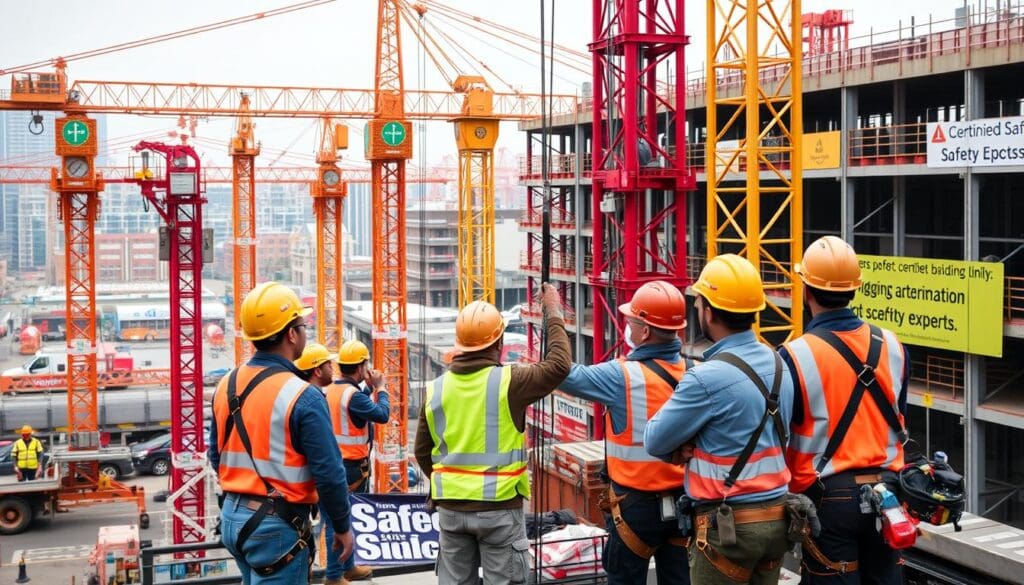
These courses are vital for crane operators and riggers to move loads safely. They learn about load weight, choosing the right rigging gear, and following safety rules. This makes the job site safer overall.
Having a safety plan that includes rigging and crane training helps workers handle risks better. This mix of training cuts down on accidents and makes work more efficient. It helps build a safety-first culture at work. By using these training programs, companies can make sure their work is safe and well-managed.
OSHA Crane Training Requirements
Following OSHA crane training rules is key for safety and meeting standards in crane work. Companies must follow federal laws that set the training and certification for crane operators.
- Comprehensive Training: Crane operators need detailed training. This includes how to use equipment, what to do in emergencies, and basic safety steps. This training aims to lower risks and make the workplace safer.
- Crane Operator Certification: Getting a crane operator certification is a must. This shows the operator can work with cranes safely and well. Certifications need to be updated to keep up with safety rules.
- Regular Evaluations: Operators should have regular checks to see if they know their stuff. This makes sure they can handle cranes well and know the latest safety rules.
- Site-Specific Training: Every job site is different and has its own dangers. OSHA says training must be specific to the site and its equipment.
- Documentation: Keeping records of all crane training and certifications is a must. This keeps things clear and proves you’re following the rules during inspections.
Following these OSHA crane training rules helps with legal compliance and lowers accident risks. It also makes crane work safer and more productive. So, companies should invest in good training and certification to protect their workers and keep things running smoothly.
Conclusion
Crane inspection training and certification are key for a safe and compliant workforce. They help your business meet safety standards and lower accident risks. This article covered various topics, from crane operation safety to rigging safety courses.
Employers must keep their teams updated with the latest safety rules. By investing in crane training, you create a safety-first culture. This approach reduces risks, protects people, and keeps your business safe.
Don’t wait to start your training. Make sure your team gets the right training to follow safety and legal rules. Choose to work safely with informed decisions and thorough training.
